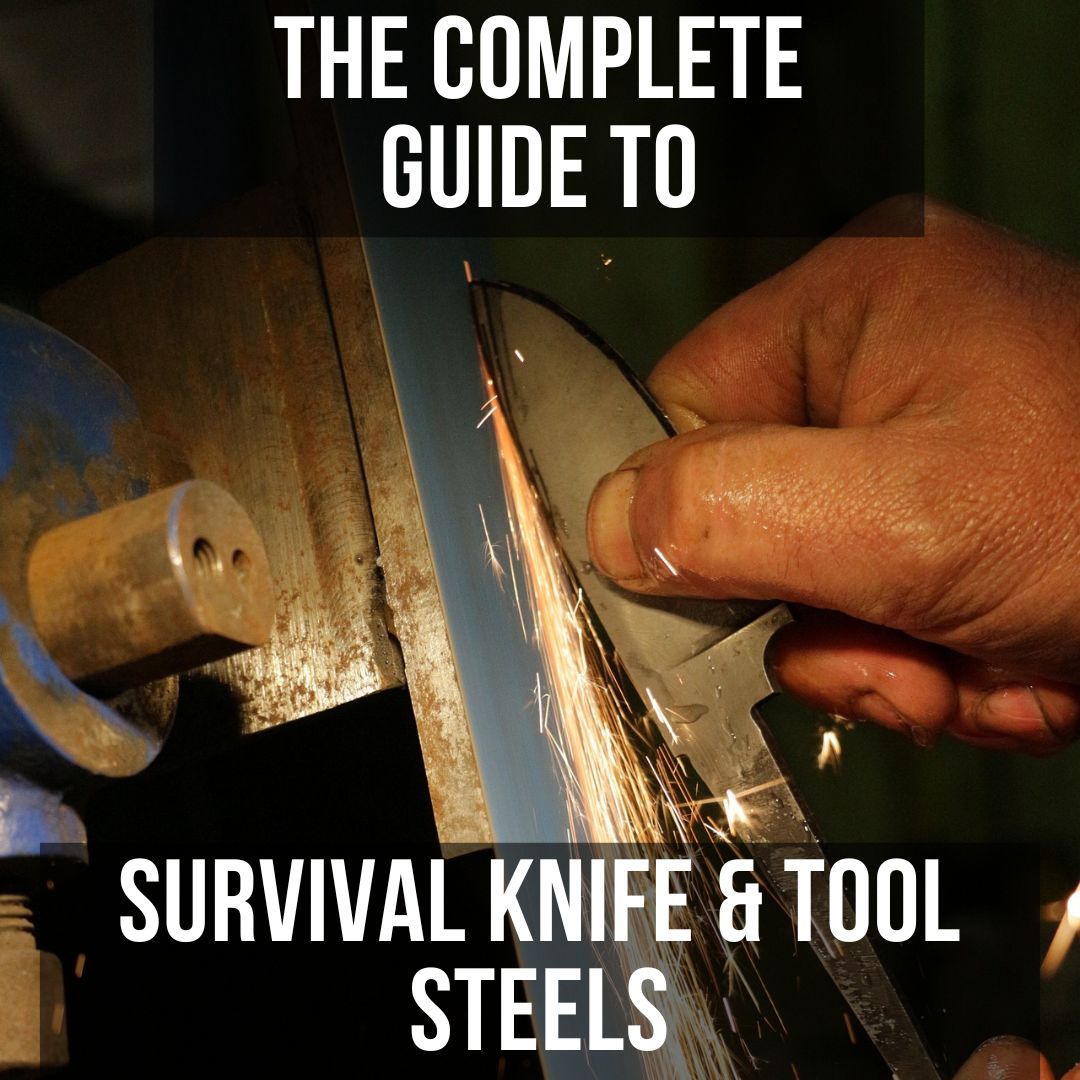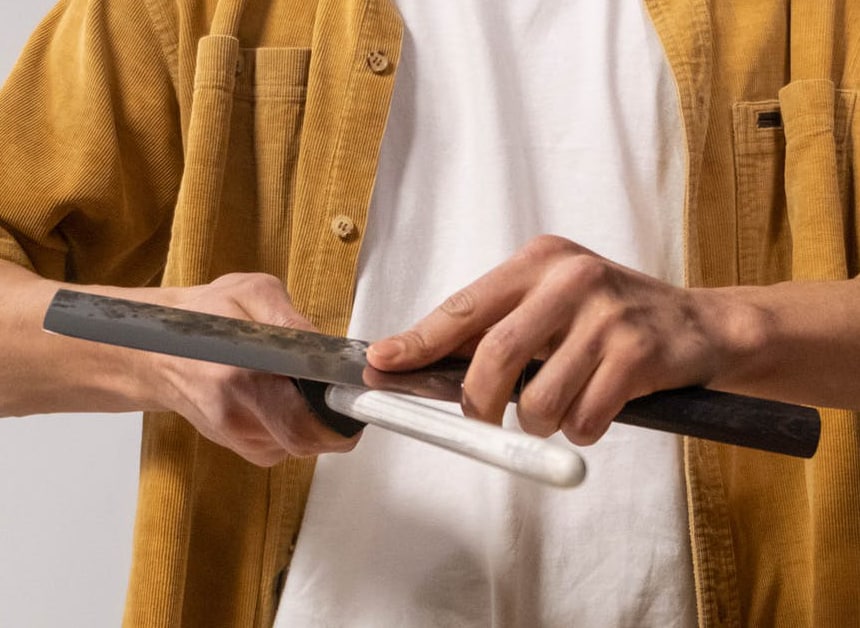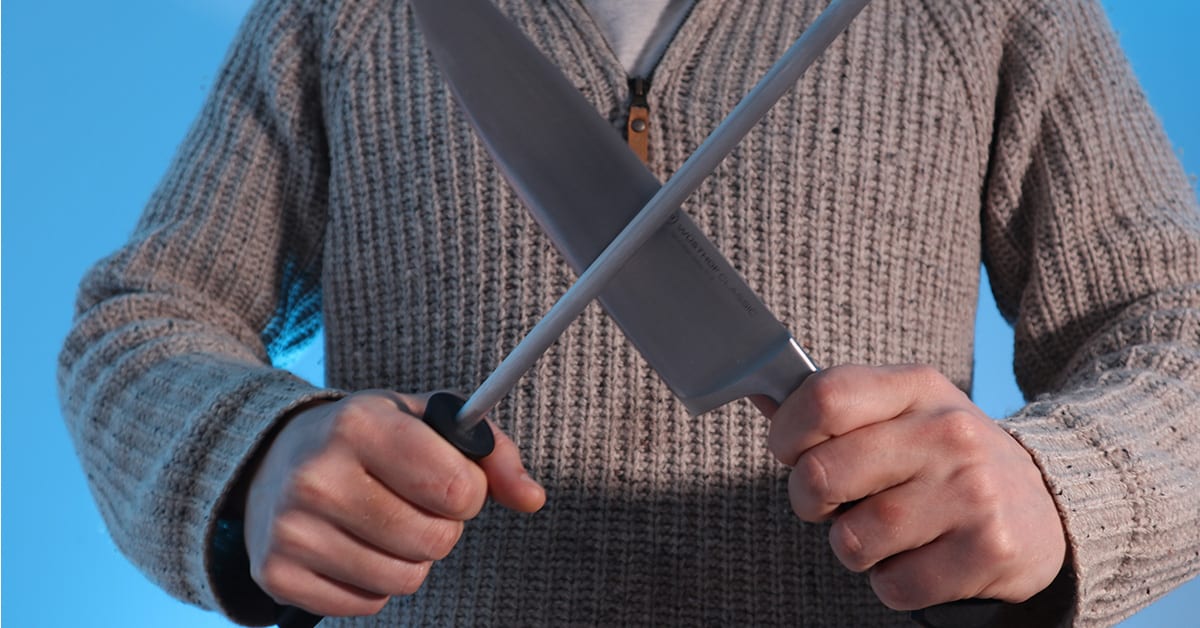How Long Does A Knife Steel Last

The scent of wood shavings hangs in the air, mingling with the metallic tang of steel. Sunlight streams through the workshop window, illuminating dust motes dancing around a craftsman meticulously honing a blade. With each deliberate stroke, the knife whispers a story – a story of countless meals prepared, adventures embarked upon, and traditions passed down.
But even the finest steel, wielded with care and precision, doesn't last forever. The longevity of a knife's steel is a complex dance between its composition, construction, how it's used, and how well it's maintained. Understanding these factors can help anyone, from the home cook to the professional chef, maximize the lifespan of their cherished blades.
Understanding the Steel's Foundation
At its core, the lifespan of knife steel is determined by its composition. Different alloys possess varying degrees of hardness, toughness, and corrosion resistance. These properties dictate how well the blade holds an edge, resists chipping, and withstands the elements.
Carbon steel, known for its exceptional sharpness and ease of sharpening, is often favored by experienced chefs. However, its higher carbon content makes it more susceptible to rust and requires diligent care. Stainless steel, on the other hand, prioritizes corrosion resistance, making it a popular choice for everyday use and humid environments.
There are many different kinds of stainless steel. High-end stainless steel are used in premium knives. These steels often contain additions of elements like vanadium, molybdenum, and chromium to enhance performance.
Construction: The Backbone of Durability
The way a knife is constructed also significantly impacts its lifespan. A full tang, where the blade extends through the entire length of the handle, provides superior balance and strength compared to a partial tang. This reduces the risk of breakage, especially under heavy use.
The quality of the heat treatment process is equally crucial. Properly heat-treated steel achieves the optimal balance of hardness and toughness. This ensures the blade holds an edge well while resisting chipping or cracking.
Look for knives that show attention to detail in their construction, as this shows the longevity of the blade.
Usage: The Trials of Everyday Life
A knife's lifespan is inextricably linked to how it's used. The cutting board is the first battleground. Glass or ceramic cutting boards, while aesthetically pleasing, can dull a blade far more quickly than wood or bamboo.
Cutting through hard or frozen foods can also damage the blade's edge. Bones and other dense materials require specialized knives designed for such tasks. Using a general-purpose knife for these purposes can lead to chipping, bending, or even breakage.
Avoid putting you knives in the dishwasher. Dishwashers subject knives to harsh detergents and high temperatures, which can dull the blade and damage the handle. Handwashing with mild soap and water is the best way to maintain your knives.
Maintenance: The Key to Longevity
Regular maintenance is paramount to extending the lifespan of any knife. Honing, using a steel or ceramic rod, realigns the blade's edge, maintaining its sharpness between sharpenings. This should be done frequently, ideally before each use.
Sharpening, on the other hand, removes small amounts of metal to create a new edge. This should be done as needed, depending on the frequency of use and the type of steel. A dull knife is not only less efficient but also more dangerous, as it requires more force to use, increasing the risk of slips.
Proper storage is also essential. Storing knives loosely in a drawer can cause them to bump against other utensils, dulling the blades. A knife block, magnetic strip, or individual sheaths are ideal for protecting the edges.
Rust Prevention: A Crucial Step
Preventing rust is a major concern, especially for carbon steel knives. After each use, the blade should be thoroughly washed and dried. Applying a thin coat of mineral oil or camellia oil can further protect the steel from moisture.
Even stainless steel knives can benefit from proper drying, as some types are still susceptible to staining or pitting if left wet for extended periods. Avoid leaving knives soaking in water, as this can also damage the handle materials.
The Lifespan Spectrum: A Realistic Outlook
So, how long does knife steel really last? There's no definitive answer, as it depends on the aforementioned factors. A well-maintained high-carbon steel knife, used primarily for delicate tasks and meticulously cared for, could potentially last for decades, becoming a treasured heirloom.
On the other hand, a poorly constructed stainless steel knife, subjected to rough use and neglected maintenance, might only last a few years before needing replacement. It is important to buy quality products in the first place.
Ultimately, the lifespan of knife steel is a reflection of the care and attention it receives. By understanding the steel's properties, practicing proper usage techniques, and maintaining it diligently, anyone can significantly extend the life of their blades, enjoying their sharpness and reliability for years to come.
Beyond Functionality: The Sentimental Value
Beyond their practical utility, knives often hold sentimental value. They can be gifts from loved ones, tools passed down through generations, or symbols of culinary passion. The stories they carry, etched into their blades through years of use, make them more than just objects.
Extending the life of a knife is not just about saving money; it's about preserving these stories and traditions. It's about honoring the craftsmanship that went into creating the blade and the memories it has helped create.
By treating our knives with respect and care, we not only ensure their longevity but also deepen our connection to the art of cooking and the joy of sharing meals with loved ones. The gentle hum of a honing steel becomes a ritual, a moment of mindfulness that connects us to the past, present, and future of culinary tradition.
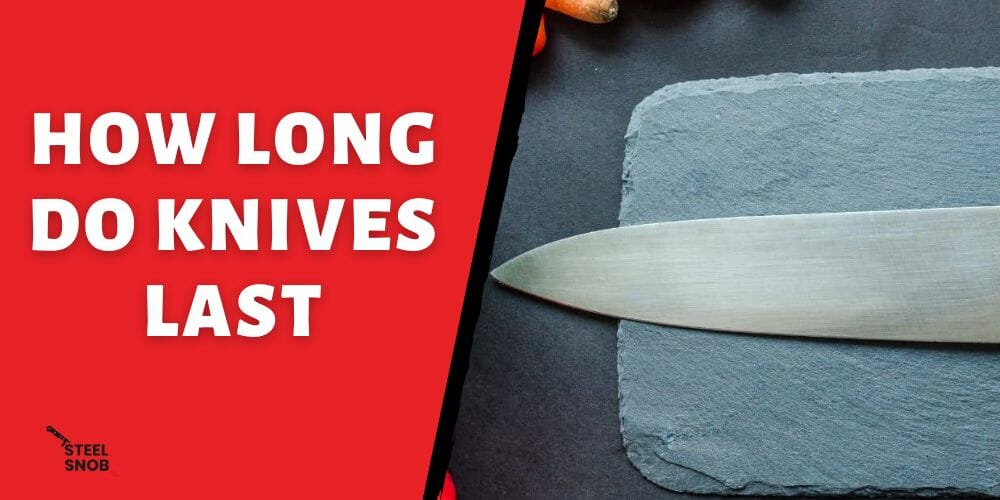
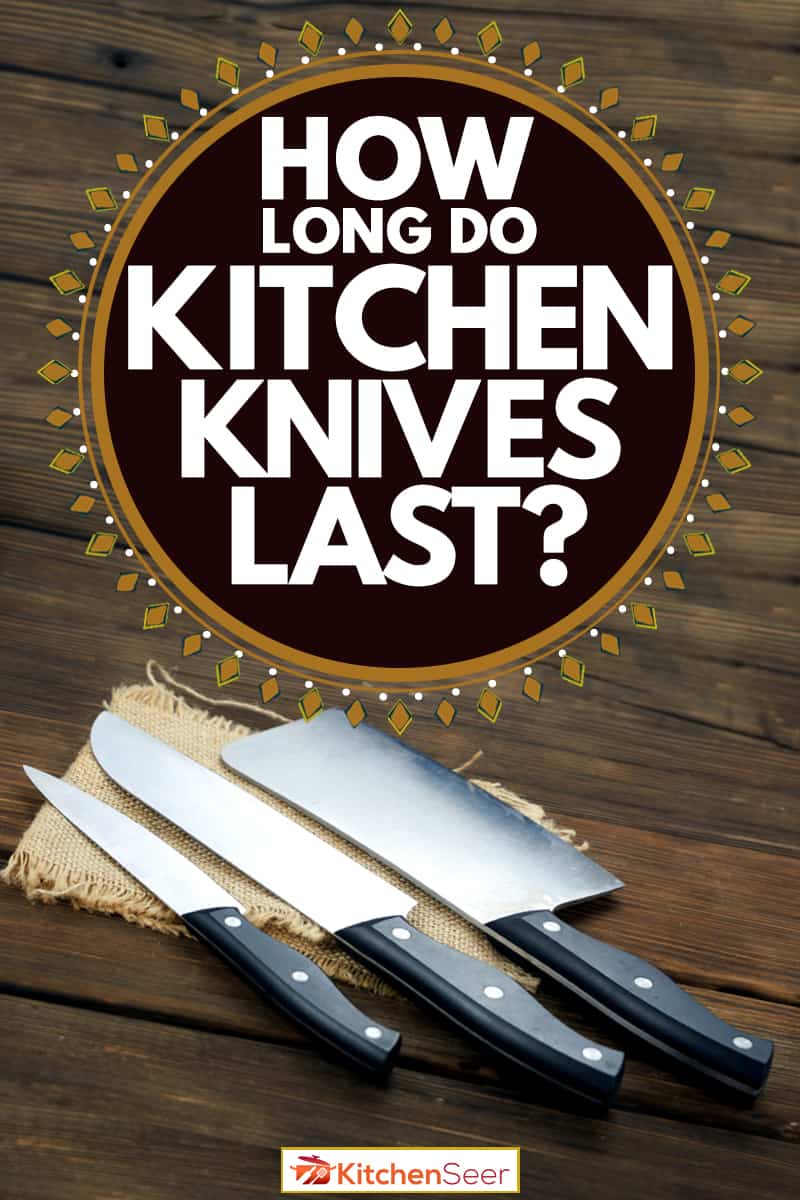





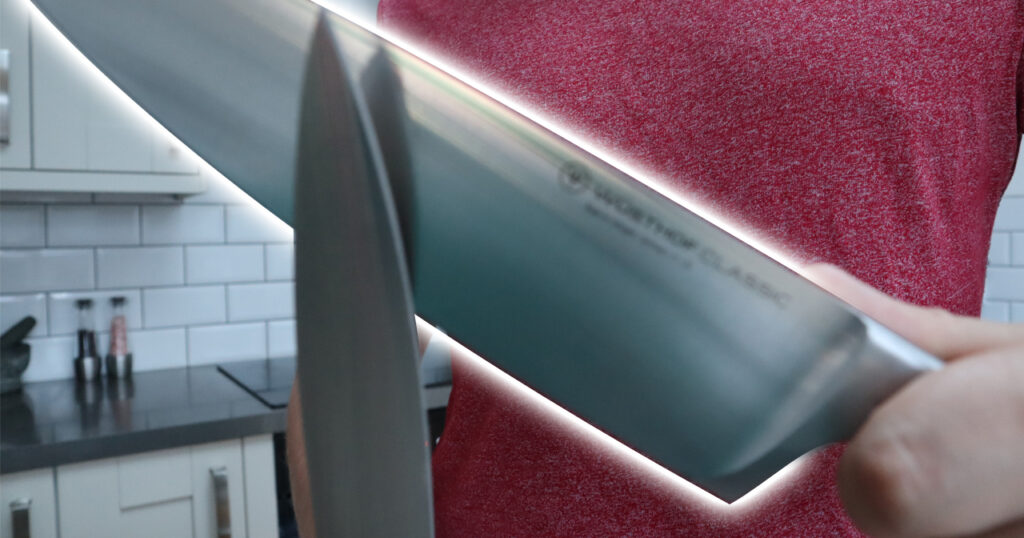
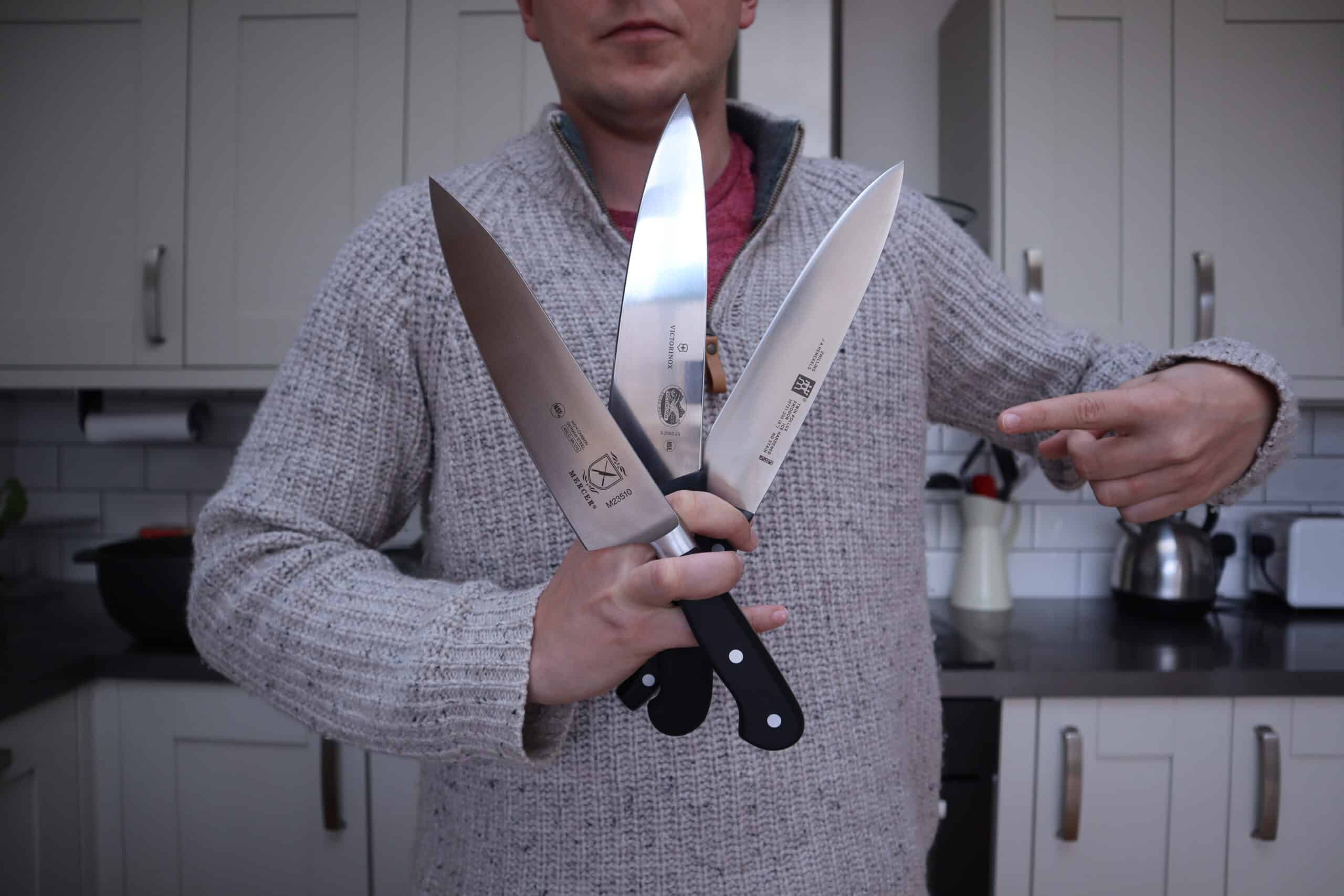
![How Long Does A Knife Steel Last Do Knife Sharpeners Wear Out? [And When To Replace Yours]](https://kitchenseer.com/wp-content/uploads/2021/09/Do-Knife-Sharpeners-Wear-Out-And-When-To-Replace-Yours.png)
